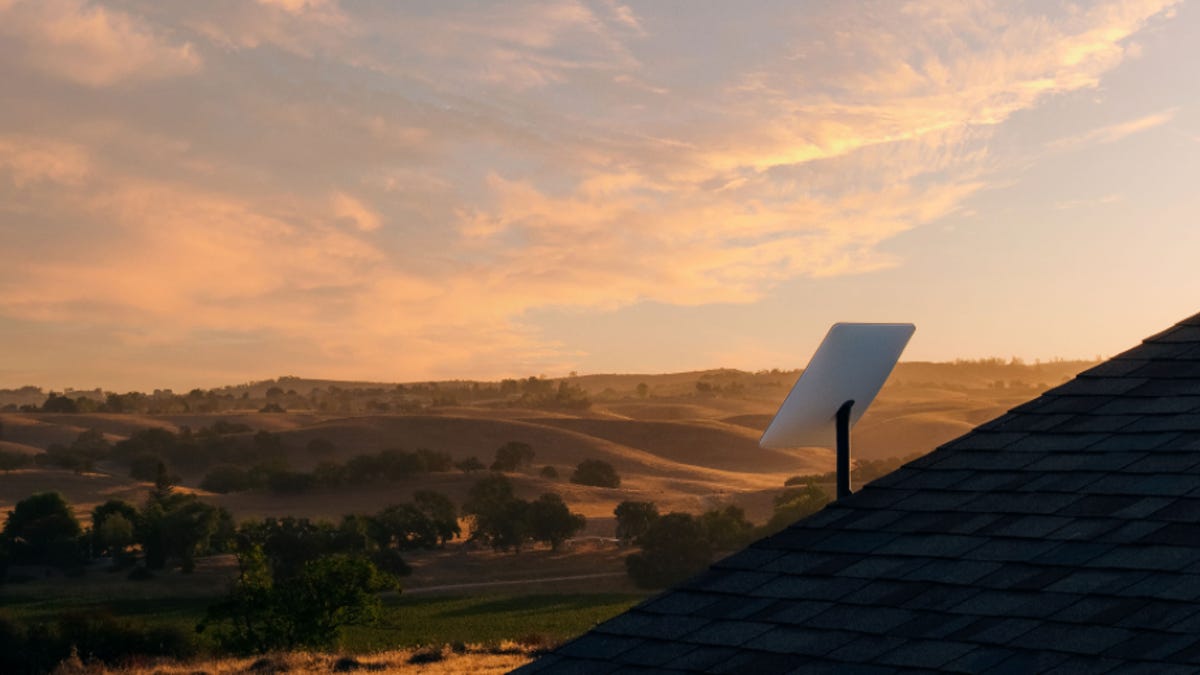 Why You Can Trust CNET
Why You Can Trust CNET Starlink debuts a new satellite internet dish
It's less expensive for SpaceX to produce, but the upfront cost to customers is still $499.

The new, rectangular dish is currently available to all new orders fulfilled in the US, per the Starlink website.
SpaceX satellite internet venture Starlink is showing off new hardware this week, with the debut of a new, rectangular dish capable of receiving the company's internet signal orbiting overhead.
The dish arrives with Federal Communications Commission regulatory approval several months after SpaceX president Gwynne Shotwell explained that the company was working on lowering the steep production costs for its Starlink equipment, though the upfront cost to customers remains unchanged from $499. From there, Starlink satellite internet service costs $99 a month.
Currently available to all new orders fulfilled in the US, per Starlink's website, the new dish is smaller and lighter than the previous design, weighing in at 9.2 pounds. The company's shop offers a number of mounting options for rooftops, yards and home exteriors, though the dish is also designed to stand on its own legs for ground-level installation, or to support a quick setup for the purpose of testing the connection.
Locating local internet providers
Starlink offers a number of mounting options for rooftops, home exteriors and yards.
The new dish also comes with a new router. Like the previous one, it's a Wi-Fi 5 device, but the MU-MIMO capabilities have been increased from 2x2 to 3x3, meaning that it supports three independent channels of simultaneous traffic that bring multiple devices online at once or combine to boost the speeds to client devices with multiple antennas of their own. The new router loses the Ethernet port of the original, so if you want to connect a third-party router of your own, you'll need to purchase a separate Etherlink adapter from the Starlink shop.
After launching its beta in late 2020 and claiming more than 10,000 users by February of this year, Starlink has seen steady growth in 2021, with the number of low-earth orbit satellites in the company's constellation nearing 2,000. In August, SpaceX CEO Elon Musk announced that the company had shipped more than 100,000 receiver dishes. Musk added that he expected the company to offer global serviceability by September, though availability is dependent on local regulatory approvals.
Locating local internet providers
Starlink exited its beta in October, and continues to fulfill orders on a first-come, first-served basis. In our initial, hands-on tests of the service earlier this year, average download speeds rang in at 78Mbps, with an average latency of 36ms. Both of those are good figures by satellite internet standards, though Musk has said that he expects Starlink's service to offer top speeds as high as 300Mbps in 2022.

